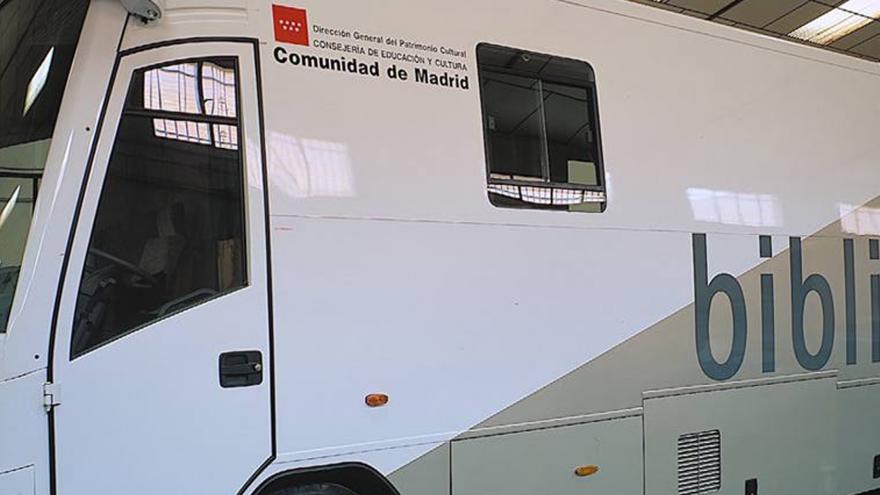
Bibliobuses
Six bookmobiles at the service of citizens
We bring the reading to your municipality, here you will find basic information about its collections, stops, schedules ...
The Community of Madrid has 6 library bus routes that travel through the region, promoting reading in those municipalities or districts of the capital that lack library services. Some stops are weekly and others biweekly.
Each bookmobile transports a collection of about 3.500 documents (books, movies, music, audiobooks, magazines...) for all ages and all subjects.
In addition, copies can be requested by telephone and by email from a common collection of more than 160.000 documents and collected during the next visit of the bookmobile.
Each user can borrow a maximum of: 6 books, 6 audiovisuals and 6 magazines, for 4 weeks. To obtain the card it is only necessary to present an official identification document.
The bibliobuses staff organizes:
- book clubs
- Thematic exhibitions with reading guides
- storyteller
- User training
- Visits to School Centers
In addition, it collaborates with the Community and city councils in cultural events and commemorations.
From October to May, the bookmobiles start their routes at 11 a.m. and return at 18 p.m.
In June and September, the service is only provided in the morning, leaving around 9am and returning after 14pm.
They do not provide service during the months of July and August.
Check the catalog

In the Bibliobús online catalog you can search for your document: by author, by title, by word ...
Our bibliobuses
Check the routes of our bibliobuses
Find out which route is closest to your home and what is your schedule
History of the bibliobuses
The first bibliobús began to work in 1953 in the outskirts and the suburbs of Madrid. In 1956 another bibliobús came to reinforce this service, to which a third party was added in 1963. All of them were trailer-type.
In 1986 the fleet of bibliobuses is inaugurated that from that moment it is going to cross the towns
and districts of Madrid bringing reading to those places where it is most needed. By 2008, all the vehicles had been renewed, forming a modern and functional fleet.








